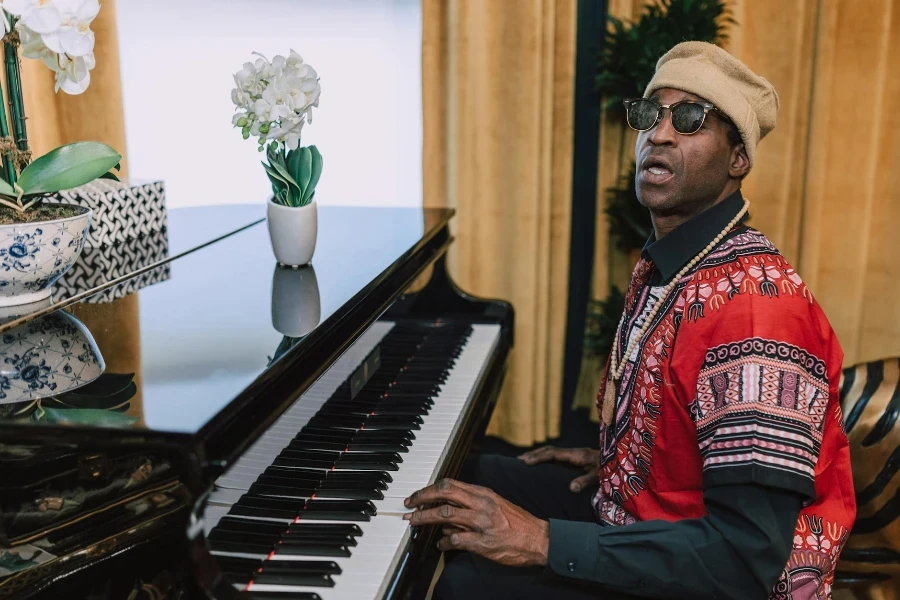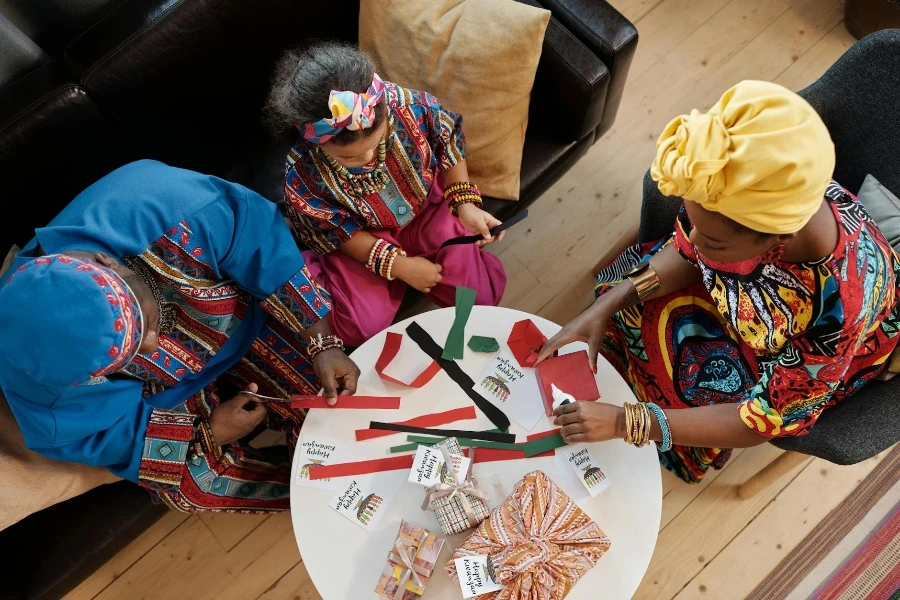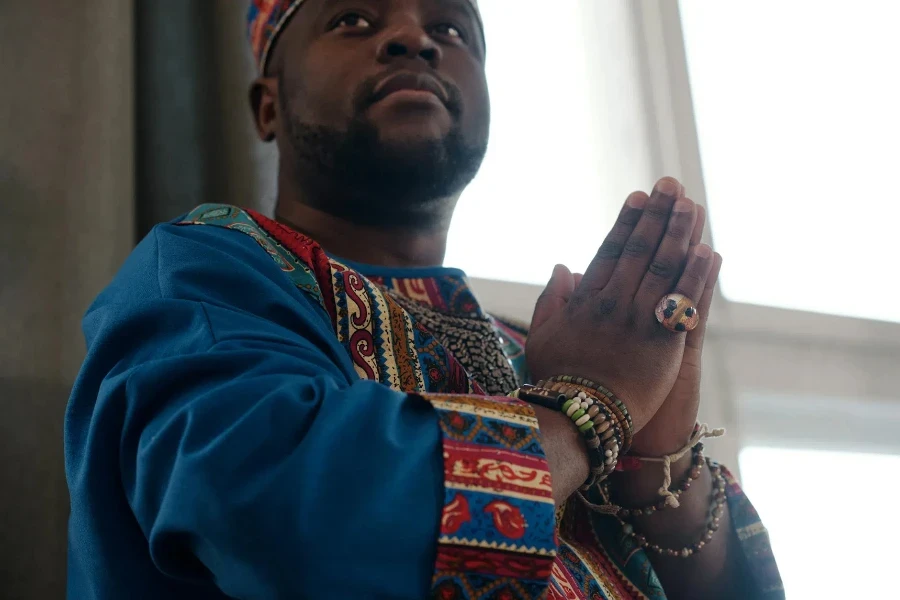The dashiki stands out as a symbol of pride, identity, and fashion. Originating from West Africa, this colorful garment has traversed borders, connecting cultures and making a statement in wardrobes around the globe. In this article, we embark on a journey to explore the dashiki’s roots, its evolution into a fashion staple, and its enduring cultural significance. Join us as we uncover the story of the dashiki and how it continues to inspire and empower.
Table of Contents:
– The history and origins of the dashiki
– Cultural significance of the dashiki
– Styling the dashiki in modern fashion
– Choosing the right dashiki for you
– Caring for your dashiki
The history and origins of the dashiki

The dashiki’s journey begins in West Africa, where it was more than just attire; it was a garment imbued with meaning. Traditionally made from vibrant, patterned fabric, the dashiki was worn for significant occasions, reflecting the wearer’s status and community ties. As African nations fought for and gained independence throughout the 20th century, the dashiki emerged as a symbol of Afrocentrism, pride, and resistance against colonization.
The 1960s and 70s saw the dashiki gain popularity in the United States, particularly among African American communities. It became a powerful expression of solidarity with the African diaspora, a statement piece during the Civil Rights Movement, and a celebration of African heritage. This period marked the dashiki’s transition from traditional garment to a global fashion icon.
Today, the dashiki continues to evolve, influenced by both its rich history and modern trends. Designers and wearers alike draw on its vibrant patterns and comfortable fit to make bold fashion statements, while respecting its deep cultural roots.
Cultural significance of the dashiki

The dashiki holds profound cultural significance, serving as a bridge between the past and present. It is a testament to the resilience and creativity of African cultures, enduring through centuries of change. The garment’s distinctive patterns and colors are not merely decorative; they carry meanings and tell stories, reflecting the diversity of African societies.
In many African communities, the dashiki is more than just everyday wear; it is chosen for special occasions and ceremonies, signifying respect, honor, and connection to ancestral heritage. The garment’s adaptability has allowed it to maintain its relevance, embodying both traditional values and contemporary aspirations.
As the dashiki has woven its way into global fashion, it has also sparked conversations about cultural appropriation versus appreciation. It invites wearers and observers alike to consider the origins and meanings of the garments they choose, encouraging a deeper understanding and respect for the cultures they represent.
Styling the dashiki in modern fashion

The dashiki’s versatility makes it a beloved piece in modern wardrobes, adaptable to various styles and occasions. Whether dressed up for a formal event or dressed down for a casual outing, the dashiki adds a splash of color and personality to any ensemble.
For a contemporary look, pair a dashiki with denim jeans or shorts, creating a fusion of traditional and modern elements. Ladies might opt for a dashiki dress or tunic, accessorized with bold jewelry to accentuate the garment’s patterns. For formal occasions, a tailored dashiki suit can make a striking statement, blending elegance with cultural pride.
The key to styling the dashiki is embracing its vibrancy and allowing it to be the centerpiece of your outfit. Experiment with different combinations to find the look that best expresses your personal style and connection to this iconic garment.
Choosing the right dashiki for you

Selecting the perfect dashiki involves considering fabric, fit, and design. Traditional dashikis are made from cotton or silk, offering breathability and comfort. Modern interpretations might incorporate synthetic fabrics, providing durability and ease of care. Consider the climate and occasion when choosing your dashiki’s material.
Fit is crucial for both comfort and style. A well-fitting dashiki should be loose enough to allow movement but not so oversized that it loses its shape. Pay attention to the length, sleeve style, and neckline to ensure the garment complements your body type and personal taste.
The design of a dashiki, from its color palette to its pattern, is where you can truly express yourself. Whether you prefer bold, geometric patterns or subtle, floral motifs, select a design that resonates with you and celebrates the dashiki’s artistic heritage.
Caring for your dashiki

To preserve the beauty and longevity of your dashiki, proper care is essential. Most dashikis should be hand washed or machine washed on a gentle cycle in cold water to prevent fading and shrinkage. Use mild detergent and avoid bleach, which can damage the fabric’s vibrant colors.
Air drying is recommended, as high heat from dryers can cause the material to weaken and colors to fade over time. If ironing is necessary, use a low heat setting and iron on the reverse side to protect the dashiki’s patterns.
By following these care instructions, your dashiki will remain a cherished part of your wardrobe, ready to wear for any occasion.
Conclusion
The dashiki is more than just a garment; it is a symbol of cultural identity, historical resilience, and fashion innovation. From its roots in West Africa to its place in global wardrobes, the dashiki invites us to celebrate diversity, express ourselves boldly, and connect with the rich tapestry of human culture. Whether you’re choosing your first dashiki or adding to your collection, let it be a journey of discovery, style, and empowerment.




